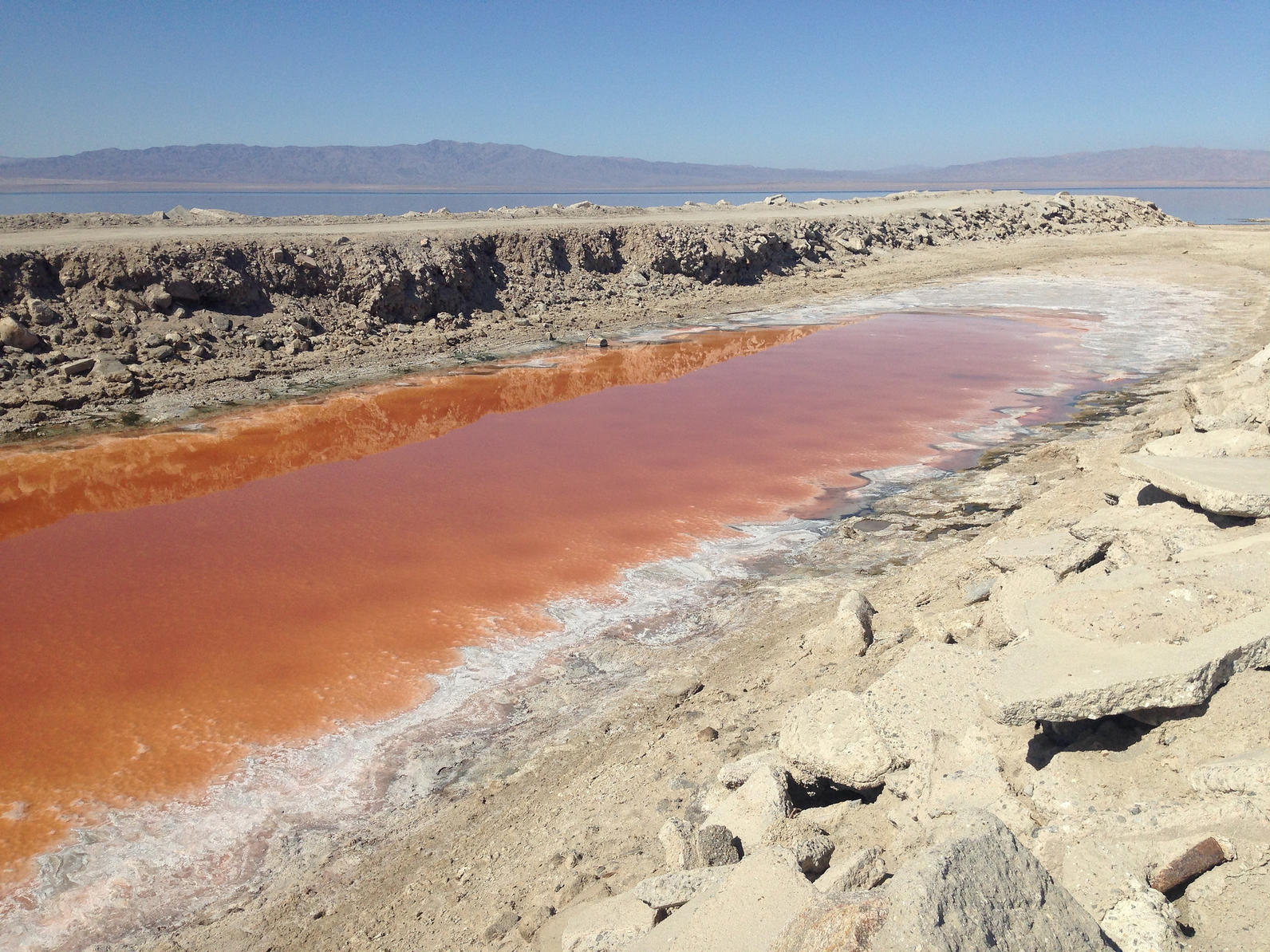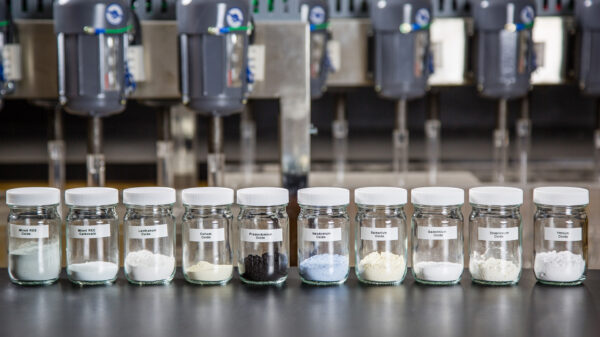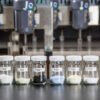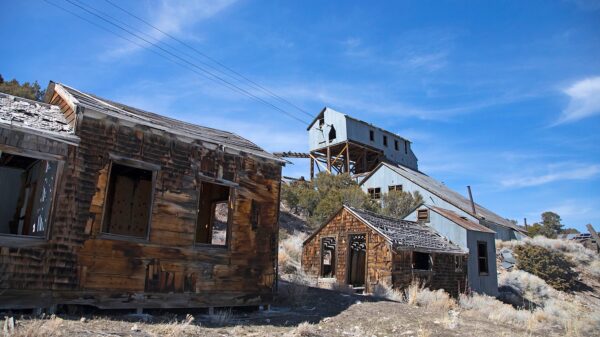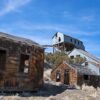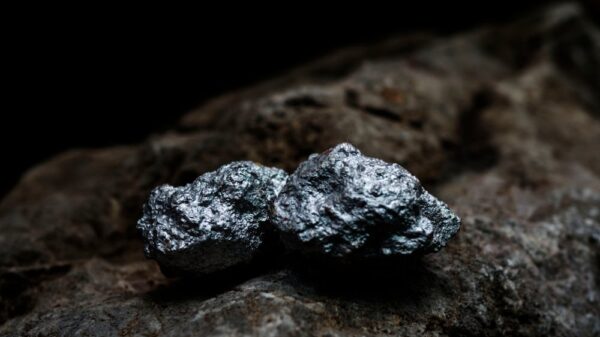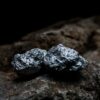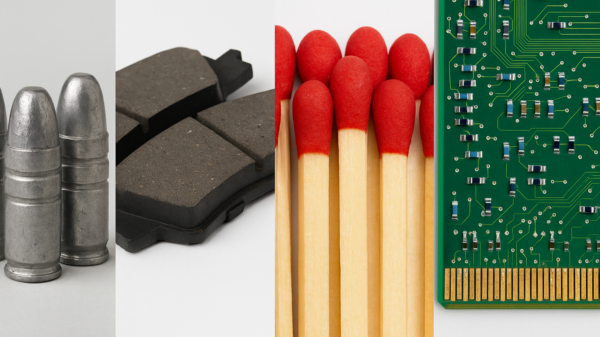American scientists have discovered a lithium brine deposit underneath California’s Salton Sea that could provide enough of the battery metal for 382 million electric vehicles.
News of the massive find first broke in January when one of the researchers involved with the Department of Energy-funded study responsible for the discovery told The Daily Galaxy about it. Now, the large-scale mining industry development has been the subject of feature stories from multiple major news outlets over the past two weeks.
The Daily Galaxy published a second article about the major news story on Mar. 24 to attract more attention.
“This is one of the largest lithium brine deposits in the world,” University of California geochemistry professor, Michael McKibben, said in an article on Jan. 5. “It could make the United States completely self-sufficient in lithium and stop importing it through China.”
This trove of “white gold” as it has been called is estimated to be valued at a whopping US$540 billion. The resource is said to contain 18 million tons of the commodity.
Researchers who had previously examined it thought there was only 4 million tons, but that estimate has since been disproven.
California Governor Gavin Newsom already referred to the Salton Sea as the “Saudi Arabia of lithium” before the immense scale of this deposit was verified.
🚨🇺🇸 $540 BILLION LITHIUM FIND TURNS SALTON SEA INTO A RACE AGAINST TIME
Buried beneath California’s toxic, evaporating Salton Sea lies 18 million tons of lithium—worth over $540 billion.
Now, industry, politics, and nature are all colliding in a high-stakes scramble for… https://t.co/RHZomMQpfF pic.twitter.com/bfkSMzvzJB
— Mario Nawfal (@MarioNawfal) March 31, 2025
Read more: Environment nonprofits go after Hell’s Kitchen Lithium Project in Salton Sea
Read more: Lithium Americas pulls in $250M in third party funding for Thacker Pass in Nevada
Finding it is one thing, getting it out of the ground is another
Although the gargantuan find could be highly beneficial for the future of the American mining industry, extracting lithium brine from the ground is no walk in the park.
As highlighted by The Daily Galaxy, geothermal production well extraction is a highly water-intensive process that could be detrimental to the environment. The Salton Sea is also highly toxic due to agricultural runoff and a lack of water inflow, which poses health concerns. In 2019 a University of Southern California study found that 21 per cent of children residing near it had asthma-like symptoms — more than triple the national average.
“The water-intensive nature of lithium extraction could further strain the Colorado River,” author Arezki Amiri explained, “which is already facing water shortages. California depends on this river as a primary water source.”
Currently, the only major lithium producing asset in the U.S. is Albemarle Corp‘s (NYSE: ALB) (FRA: AMC) Silver Peak Mine in Nevada. It provides about 1.5 per cent of the world’s supply.
Additionally, Nevada’s Thacker Pass project under development by Lithium Americas Corp (TSE: LAC) (NYSE: LAC) is set to become a significant domestic source of the battery metal in the years to come.
rowan@mugglehead.com

